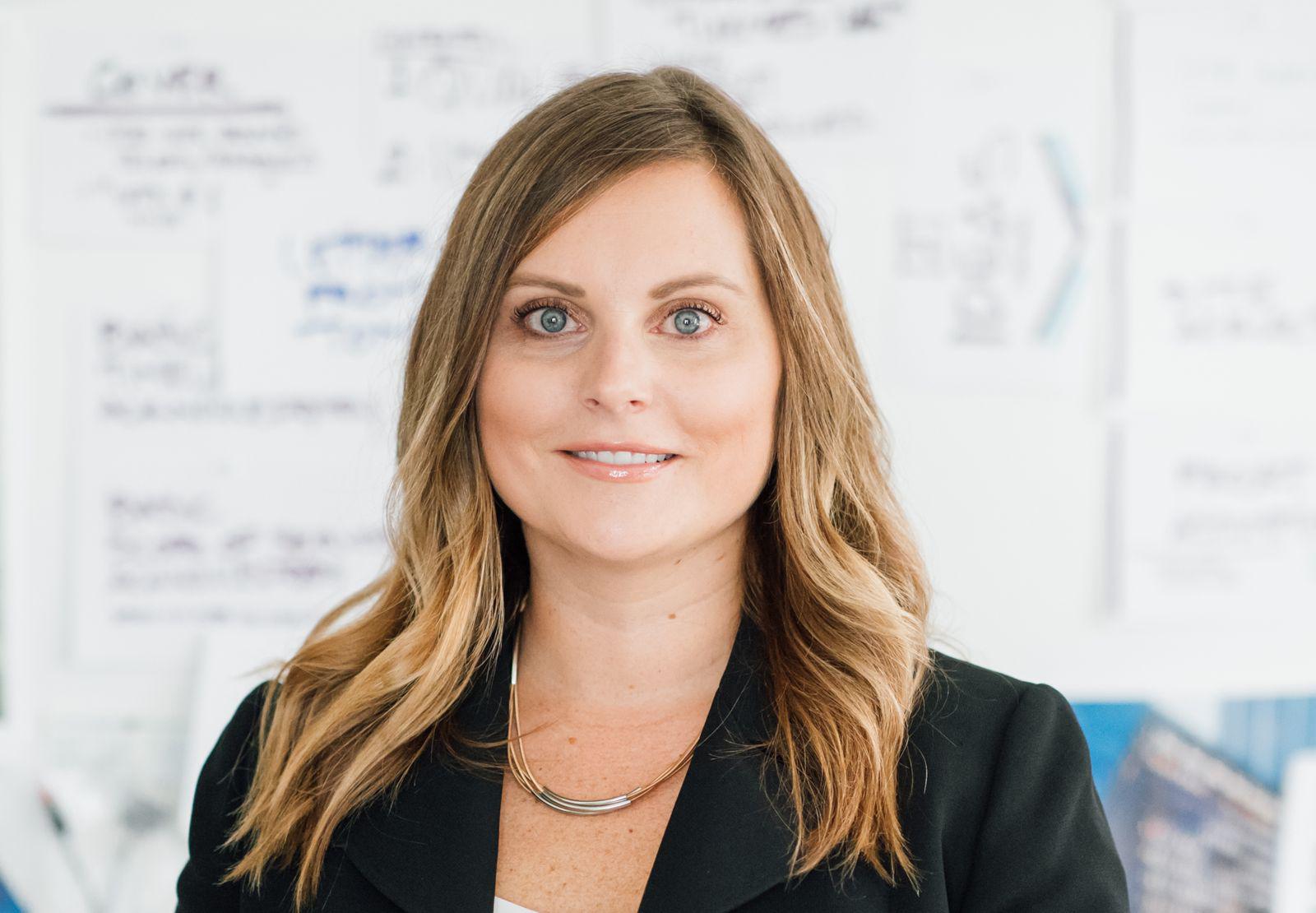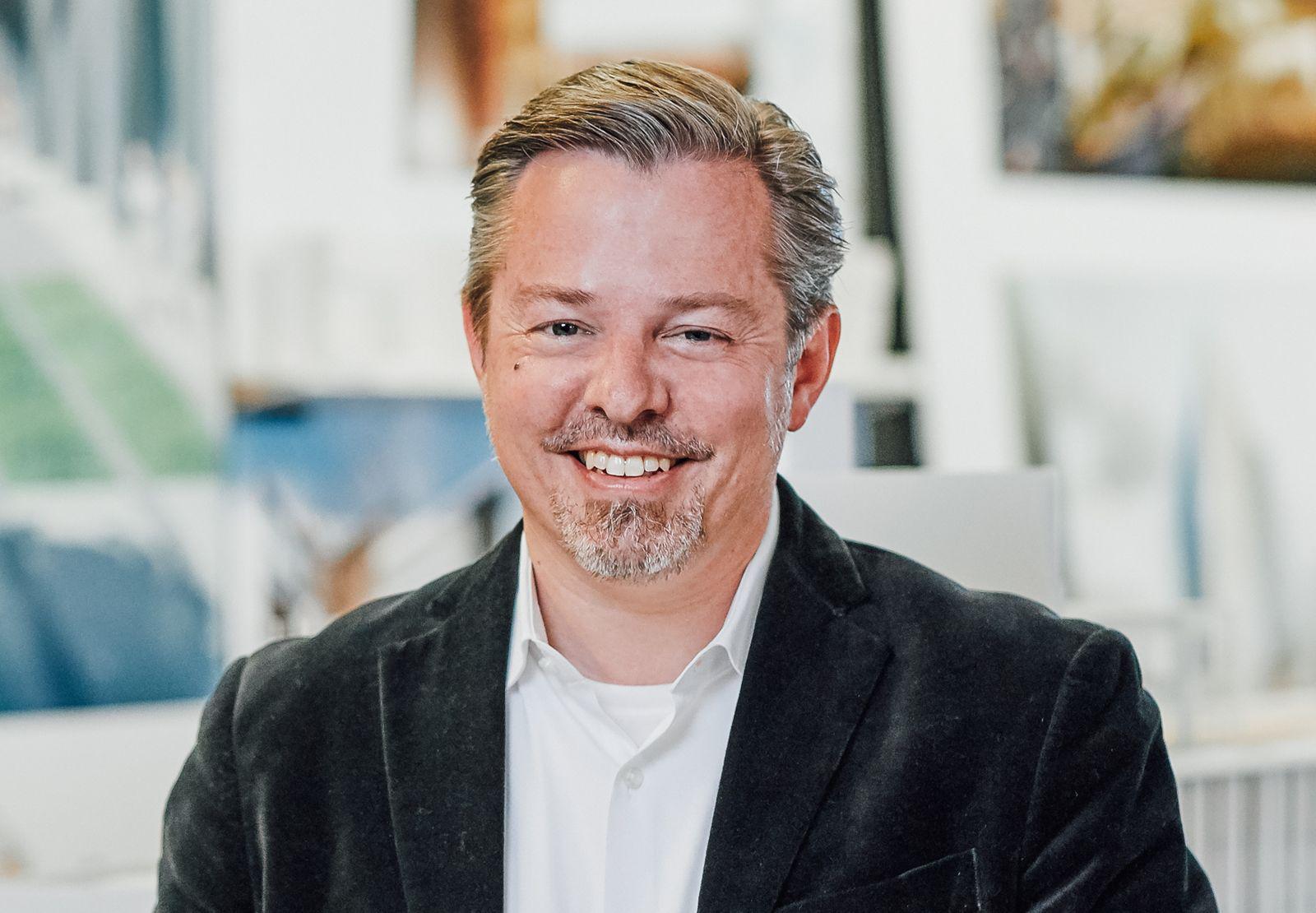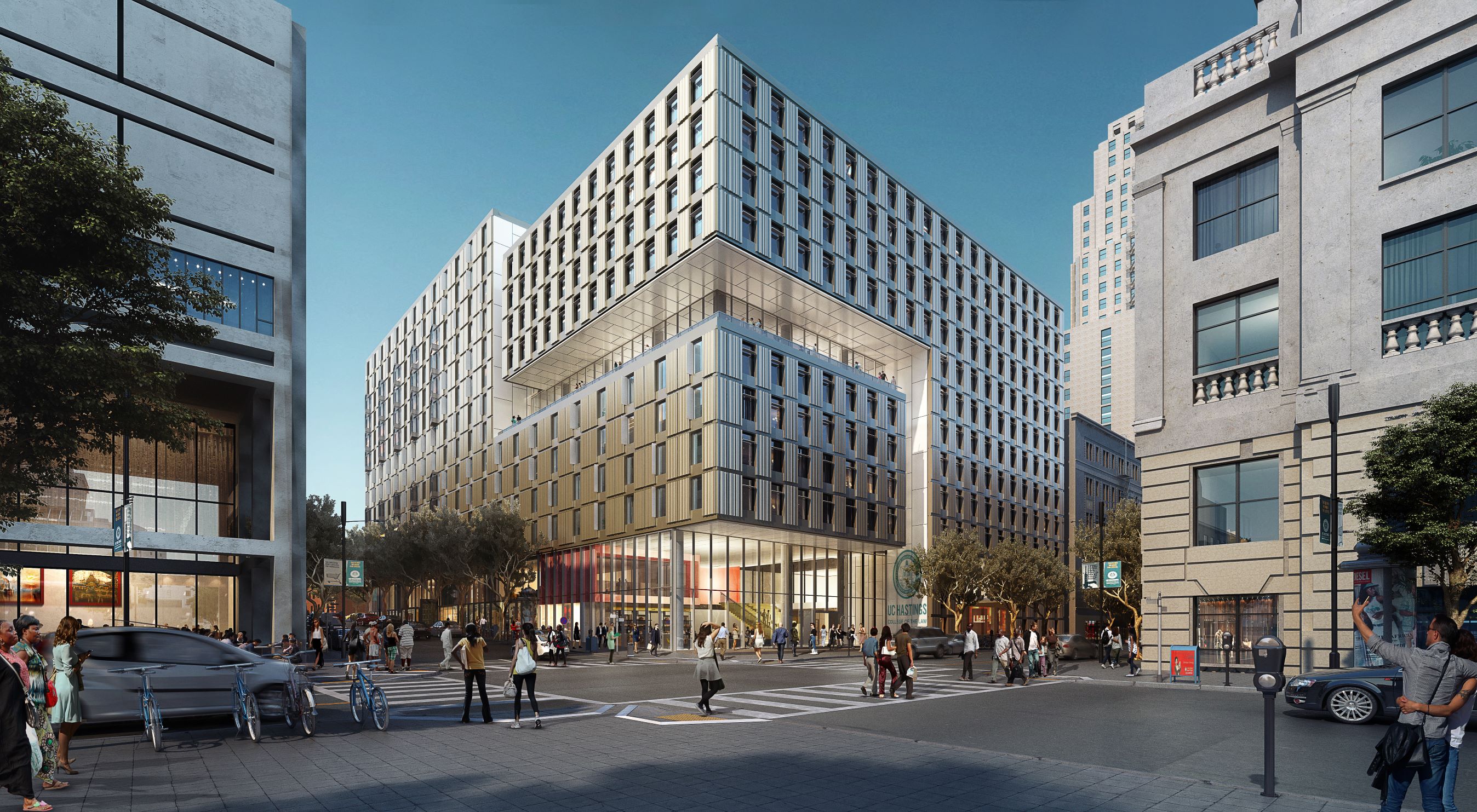By Jessica Figenholtz, AIA, LEED AP BD+C, Higher Education Practice Leader, Associate Principal, and by David Damon, AIA, LEED AP, Principal, Higher Education Practice Leader of Perkins and Will. Full bios below.
It started with Netflix. Then Uber. Then Grubhub, Instacart, and countless other disruptors. What will be the next disruptive change for Higher Education? Generation Z-Plus is emerging, and they are diverse. They want unique opportunities on campus, customized to their needs. How can universities adjust to this demand—to be agile as well as support lifelong learning in various shapes and sizes?
One major disruptor, the COVID-19 pandemic, has already turned what remained of traditional educational models, upside down. With all institutions having shifted to online learning almost overnight, and with many considering canceling in-person classes this fall, the current crisis is a prime example of an event that will define how today’s students interact with higher education— and how higher education will respond to what is likely a very different market. Urgent questions now face campuses: how can we create community while prioritizing the health of students, faculty, and staff? How can we support students who will struggle financially because of the pandemic? How do we address the fact that students’ ability to practice social distancing and other safety measures may not be equitable?
Campuses across the country are experimenting with new programs, new partnerships, and alternative delivery models to convince students that what they offer is unique and relevant to a student’s future success, usually in a career, but also for a ‘better life.’ Studying these factors, plus the implications of sudden global events like COVID-19 on the education landscape, we explore how some universities are shifting their campuses to support the development of engaged citizens and critical thinkers to reinforce the value of higher education.
A Diversifying Campus
It’s no surprise that the needs of today’s higher education students and educators are changing rapidly, and institutions are making every effort to keep up. One of the most noteworthy changes that institutions must address is the changing demographic of students. According to the Brookings Institute, for the first time in U.S. history, white residents make up less than half (49.6%) of the nation’s population under age 15. This group—called “Generation Z-Plus”—is the first generation in which white students are the minority.
This new data highlights the increasing racial diversity of the nation’s overall population, for which non-Hispanic whites now comprise only slightly more than three-fifths of all residents (60.4%). This means that as the white population ages and the younger generations join the labor force, tax base, and consumer base, institutions must modify their message to recruit the next generation of leaders to proactively accommodate the interests of more racially diverse populations. They must also modify their curriculum to accommodate the diverse needs of these students. Such as, can they achieve a degree in a less traditional format (i.e., accelerated time frame, remote learning, hands-on application) to improve success rates?
A More Comprehensive College Experience
In addition to a diversifying student body, campuses are looking at how to be a “one-stop shop” for students’ social, academic, professional, and personal needs. Instead of just taking a lecture in a classroom and living in a residence hall, as in years past, students are viewing their college experience as a way to become lifelong working members of their communities. They want to connect with employers, gain real-world work experience, and volunteer to ground their educational journey in meaningful ways.
Multifunctional spaces on today’s campuses should allow students to meet with faculty, gather with peers, study independently, attend extracurricular or professional events, and be exposed to broader global connections. At the University of California Hastings, a mixed-use Academic Village is being planned. Anchored by 900 beds for graduate students and faculty, two tower podiums bookend a city block in the Tenderloin. The comprehensive programs that will engage the street level include academic classrooms, student commons, wellness spaces, community engagement spaces, food, and retail. Partnering with UC San Francisco’s students in residential life, immersing the program with UCH’s College of the Law, and anticipating a variety of community events in the Willie Brown Auditorium and cross-campus collaborations in the co-working Great Hall all leads to a mixing of ideas, conversation, and compassion that sets a tone for the urban campus.
The Future and Finances
Today’s students expect both quality and affordability. This offers unique opportunities for campuses to get creative with how they design for student culture and learning. Campuses should be Wi-Fi enabled and tech-ready, so students can access information seamlessly from a laptop, phone, or tablet anywhere. These points have been understood for years as society progressed through the digital age, but today it’s important to note that, though immersed in technology, this generation seeks learning experience that allow them to connect and engage with one another locally as well as globally.
Unlike in years past, fewer students today own items like cars or desktop computers: Steve Case, CEO of Revolution, observed that “there is a move from an asset-heavy to an asset-light existence that presents significant opportunities for the sharing economy.” The sharing economy is huge on college campuses, where it can bring people together while helping them cut down on expenses. Today, the sharing economy goes beyond Lyft, Airbnb, and TaskRabbit—students can now share everything from parking spots to textbooks to good-as-new coffeemakers. Carey Bentley, digital nomad and CEO of Lifehack Bootcamp, says, “What’s great about young people today is that their priorities and ideals match up well to saving money on major expenses.”
One of the most prominent issues of our time is housing affordability. Many colleges and universities are struggling to address affordable housing needs due to an increasingly income-diverse student population and steady declines in funding. According to a 2019 Pew Research Center report, 31% of enrolled college students were in poverty, up 10 percentage points since 1996 (Fry, 2019). Meanwhile, state funding for public colleges is down 13% in the past ten years (Hess, 2019).
For many students, the situation is even more dire. According to last November’s SEARS Survey Spotlight, Hispanic/LatinX students experience the most homelessness (38%) with black students at 23%. Regarding expenses, students with no dependents or no financial support are 31% housing insecure and 34% food insecure.
So, what are colleges and universities doing? Well, anything and everything they can. Programs are emerging and developing. Ruben Canedo is the chair of UC Berkeley’s Basic Needs Committee, which aims to “[facilitate] ongoing economic, food, and housing justice for all members of the UC Berkeley community no matter who they are or where they come from” (UC Berkeley, 2020). This is just one powerful example. At the University of California San Diego, one of their current Residence Life projects, Pepper Canyon West, is planning to fabricate all of the wet components of the units offsite to allow for efficiency of cost, materials, labor, and onsite traffic. Note: In pandemic situations like the one we’re currently facing, the single occupancy bedrooms and 1:2 washroom ratio in apartments also provide an ideal typology.
A New Kind of Stress
Students today are facing more mental health stressors than previous generations due to changes in lifestyle, increased workload, relationships, climate crises, displacement, and an unstable employment landscape.
From the American College Health Association, recent survey data indicate that in the past year, three out of five students experienced overwhelming anxiety, and two out of five students were too depressed to function. Many students are struggling with mental health concerns like anxiety, depression, and substance abuse. But only a small percentage (10–15% on average) of these students seek services at their counseling center. Instead, they continue to struggle, which can have a substantial impact on their academic performance. This disconnect requires campuses to rethink their approach to supporting students with mental health concerns, as for some, early intervention may avert the need for professional help.
Early intervention could be as simple as creating a sense of community within residence halls—places for building camaraderie and social connections—or providing students a safe, nurturing, and inspiring place for learning and discovery. With suicide being the second leading cause of death among college students, community and authentic support are more important than ever. Sixty-seven percent of students first tell a friend they are feeling suicidal.
How Partnering Can Play In
Partnering may be a way to address some of the above challenges, and capture some of the above opportunities. The University of Minnesota Rochester is an example of how this might look. A partnership with local resources on a new P3 mixed-use development is allowing the university to accomplish a key goal of its master plan—building a community with a holistic approach to well-being. Co-locating residential life, academic learning spaces, and a community wellness program allows for environments to be created that are welcoming, inclusive, multi-generational, multi-cultural, transparent, connected, safe, and secure.
If campuses consider streamlining internal resources that address mental health needs, listen to students, integrate mental health into classroom discussions, and evaluate where partnership might be useful (and where it might not) this next generation of students will be more empowered to take ownership of not just their education, but their well-being holistically.
As campuses across the country experiment with new partnerships and alternative delivery models, a key objective is to convince students that what their institution offers is unique and relevant to a student’s future success. These offerings, whether they are enhanced mental health resources or communal spaces designed with infection control in mind, will have to be infinitely flexible to maintain a resilient and student-focused campus. Historically student success was considered only in terms of career, but today campuses are looking to alternative delivery models and design solutions that will holistically give students the tools to build their best lives, both professionally and personally. As the campus landscape shifts, architects and planners must work collaboratively with higher education clients to find solutions that develop engaged citizens and critical thinkers, reinforcing the value of higher education.
Jessica 
Known also for her agility in operating within multiple practice areas, including higher education, K-12, retail and commercial interiors, Jessica is regarded for her thorough understanding of the client and project context. She is deeply involved in planning, redevelopment and sustainability—and believes that design should deliver impact, create value and transform lives for today’s learner and future generations to come.
David Damon
David believes each project is an opportunity to create a tailored solution that is specific to a campus’ culture and mission. His evolving and inventive work has solidified his status as a recognized national leader on the forefront of residential and student life.

